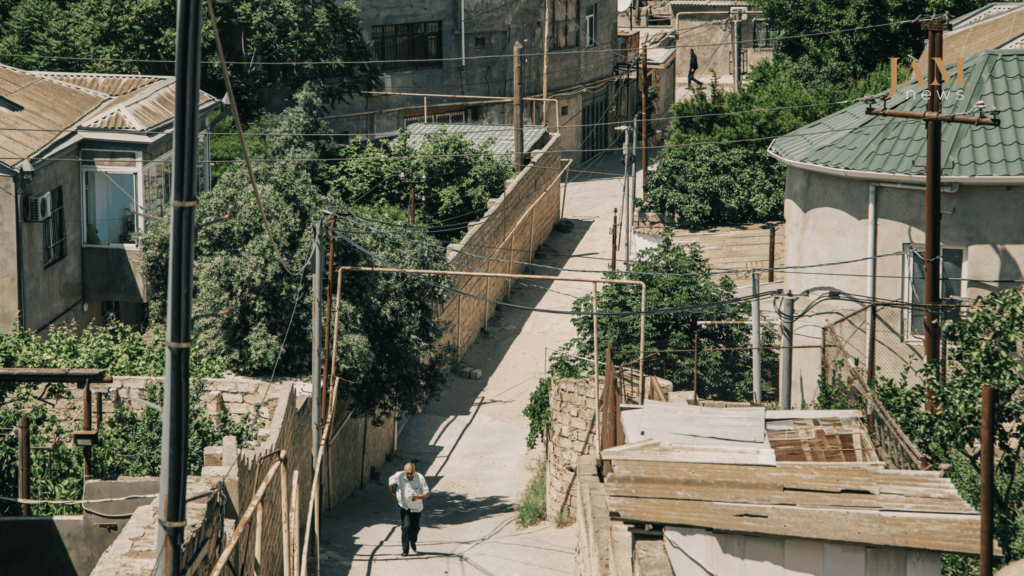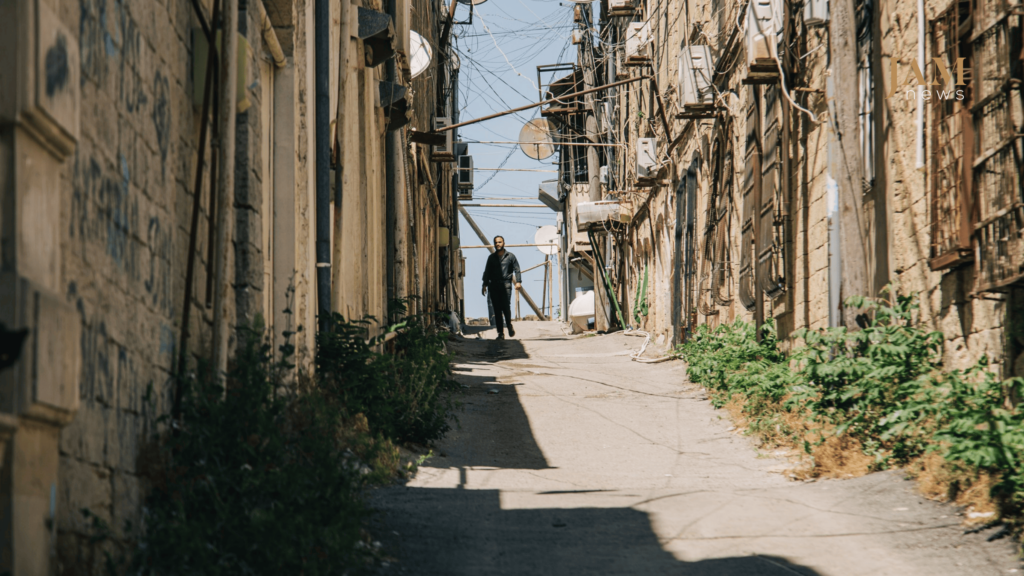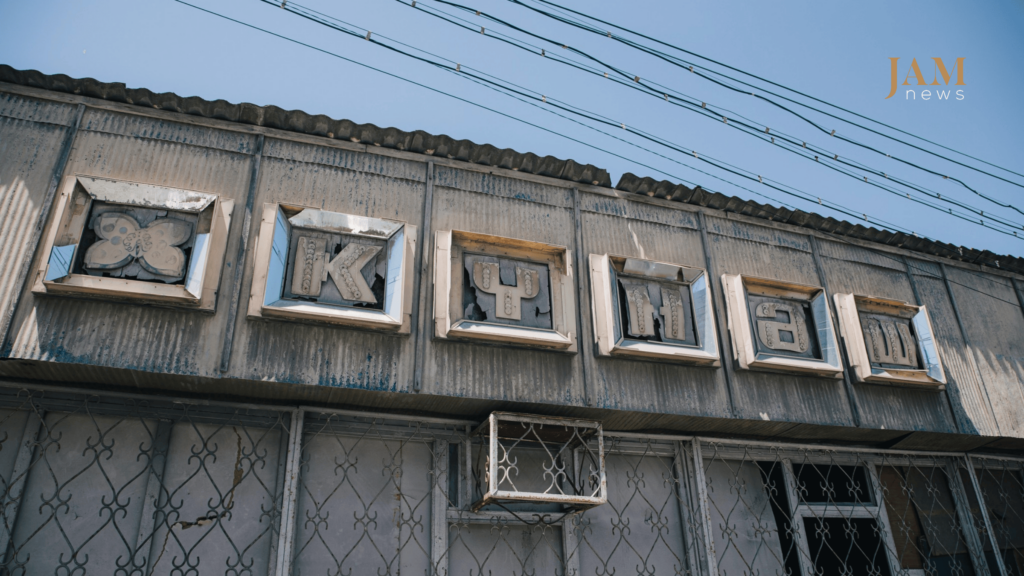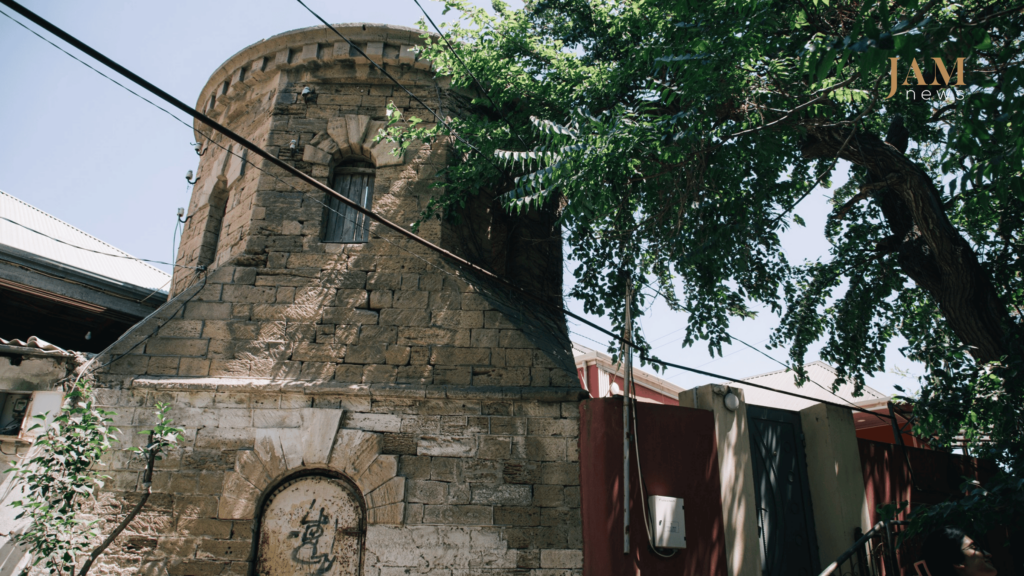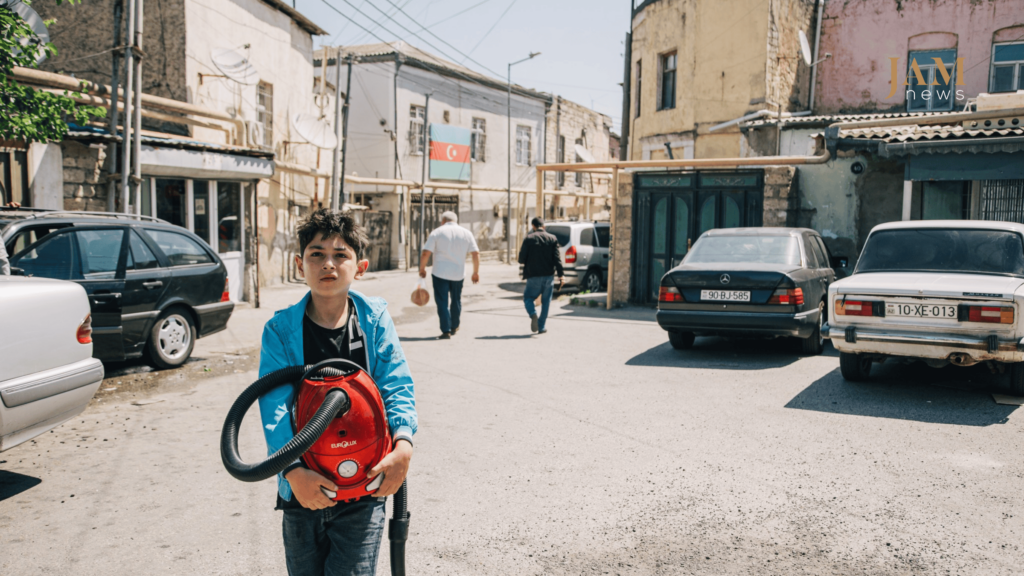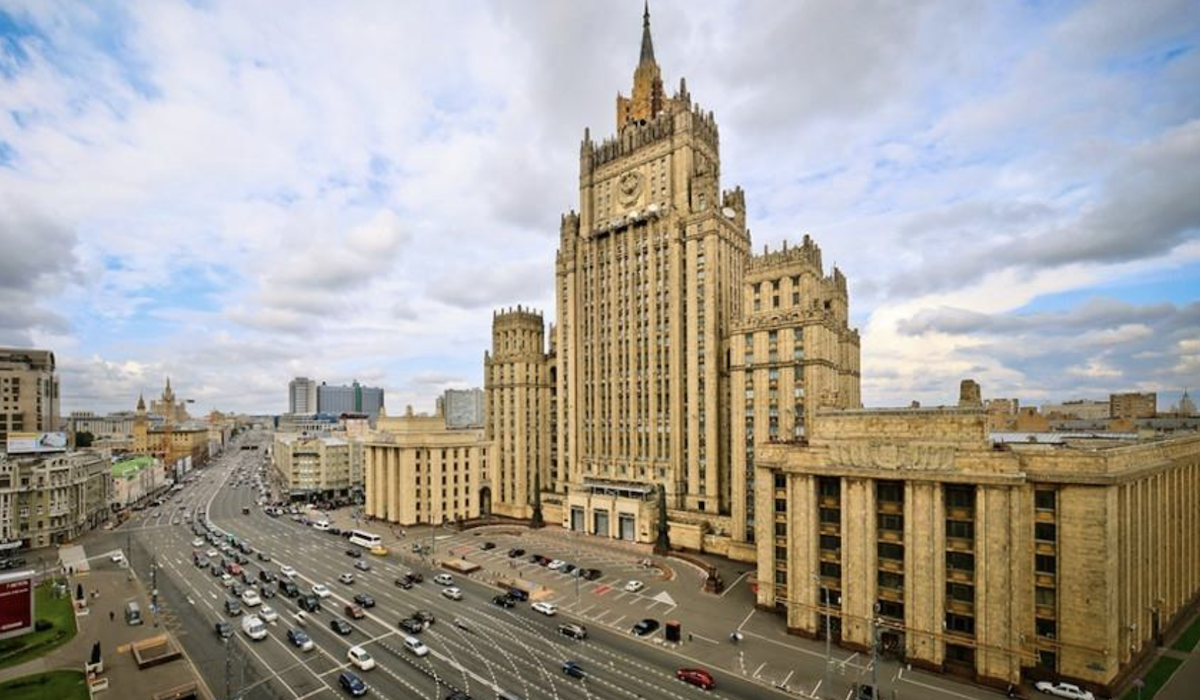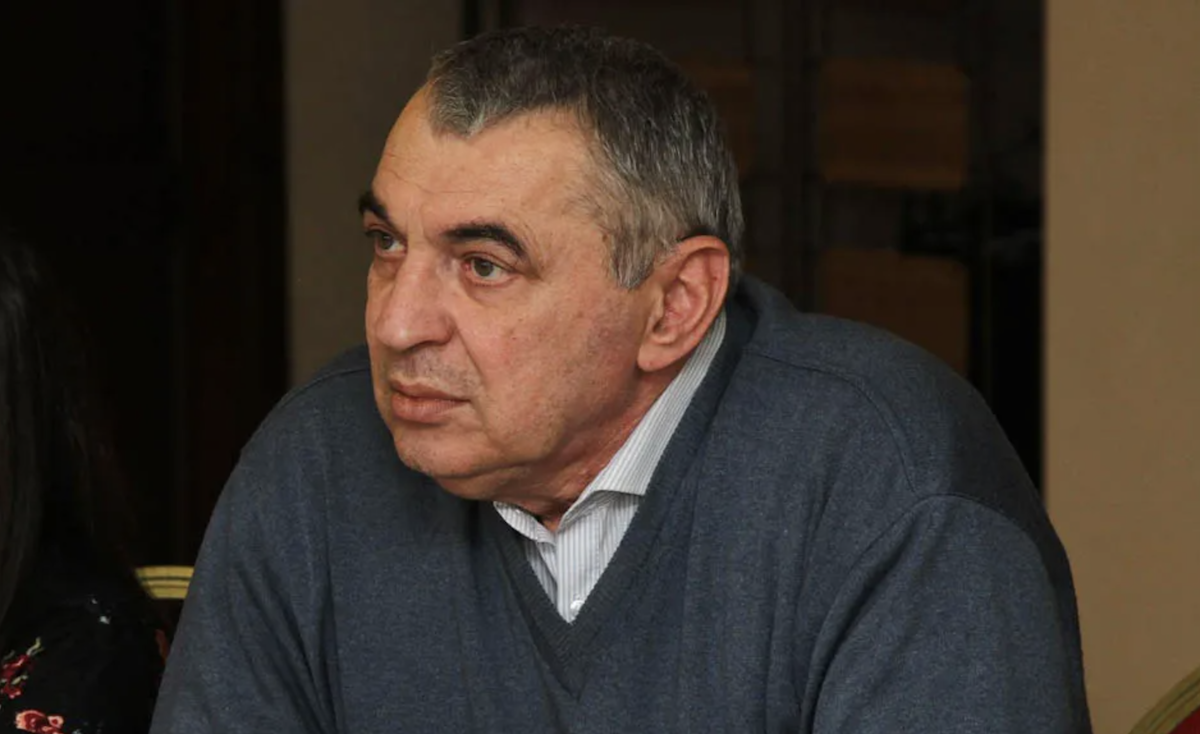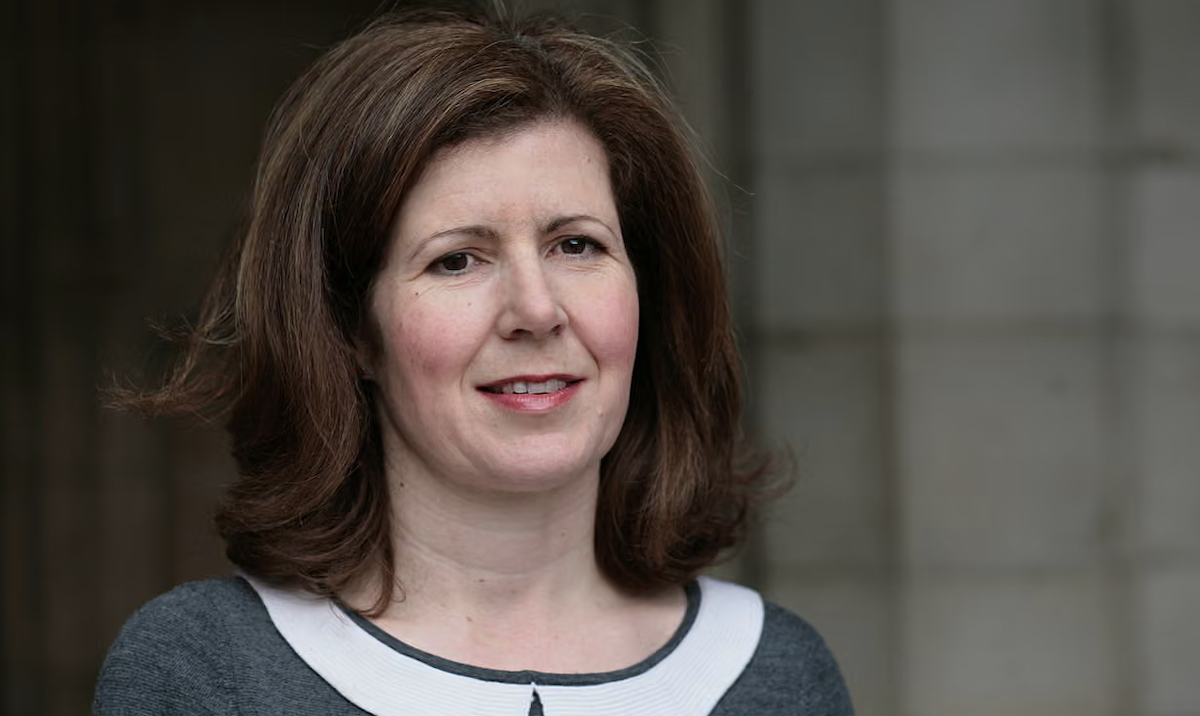Sabunchu, Azerbaijan: where oil, railways and flea market meet. Photo report
Sabunchu flea market in Azerbaijan
Sabunchu is one of Baku’s historically and culturally rich districts. This settlement has a long-standing history tied to the oil industry and railways and is also renowned for its unique flea market.
In this article, we take a virtual journey through Sabunchu, exploring its vibrant market and discovering its history, character, and local way of life.
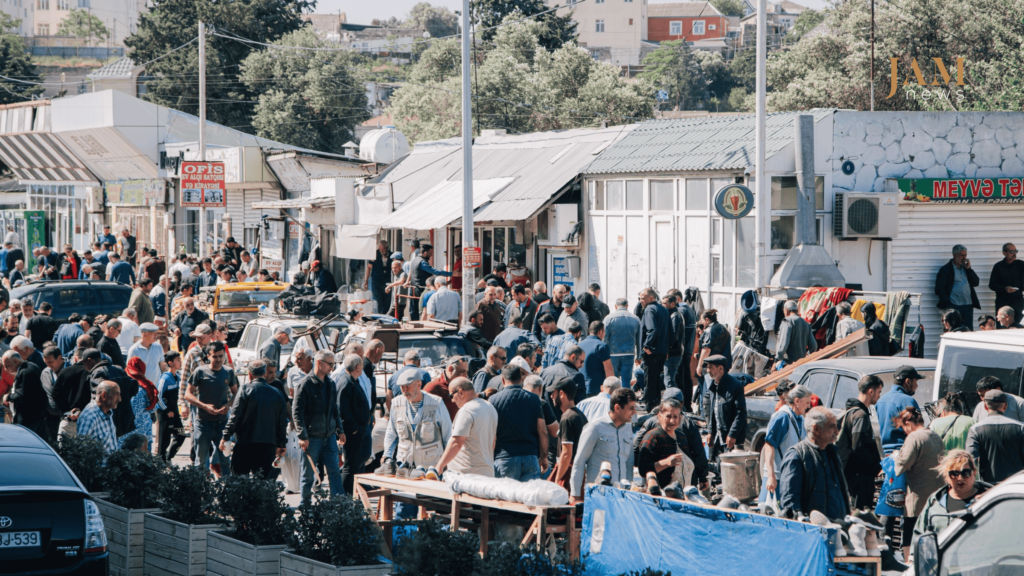

History of Sabunchu
Sabunchu became an important hub in the late 19th century thanks to the development of the oil industry. By the early 20th century, around 35% of Baku’s oil was being extracted here. The construction of a railway line in 1880 also turned Sabunchi into a key junction for suburban trains. This historical background gave the district its distinct character.
The Nobel brothers, who played a major role in developing Azerbaijan’s oil sector, also left their mark on Sabunchu. Some of the buildings constructed for oil workers and their families still stand, including former canteens. However, with the arrival of displaced families during the war in the 1990s, these historic buildings changed: new rooms were added, altering their original appearance.


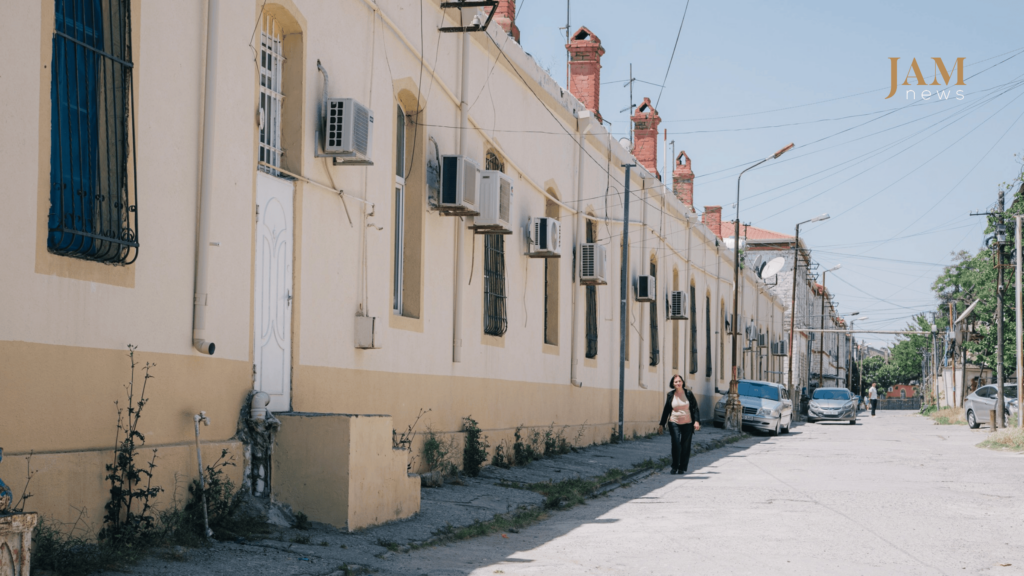
Sabunchu “flea market” — also known as “dead man’s market”
The history of the Sabunchu Bazaar dates back to the late 19th century. Today, it draws the attention of both locals and tourists eager to see the “real” Baku. One of the market’s standout features is its bird trade — mostly pigeons, though other domestic animals are occasionally sold as well. Unfortunately, there are occasional reports of stolen dogs being sold.
Equally noteworthy are the market’s colorful characters. One such figure is a vendor named Qurban, known as “Keroglu,” who has become a local legend. His warm personality and skill with the accordion turn a trip to the market into a true performance. Another memorable figure is Alkhaz, a barber who has been working for over 50 years. Closely connected to the local Jewish community, he even speaks Hebrew. His barber shop, along with the vintage chair and mirror he uses, preserves traces of the past.
- Tours to Karabakh: tourist in one’s own country. Photo story
- Azerbaijani villages of Baskal and Lahij: history and craftsmanship — photo report
- Daily life on streets of Baku: From street vendors to artists
The market also serves as a social hub for locals. On Sundays especially, pigeon breeders from across Baku gather here. The market’s unique atmosphere — full of noise and bustle — stands in stark contrast to the quiet streets of the settlement. After the clamor dies down, it’s as if time in Sabunchu pauses.
Sabunchu and its flea market hold a special place on Baku’s historical and cultural map. This neighborhood, rich in its ties to the oil industry and railways, also stands out for its vibrant market culture and close-knit community. There’s something here for everyone — from pigeon enthusiasts to tourists eager to experience a piece of the past. The Sabunchu market is truly a living, breathing corner of Baku.

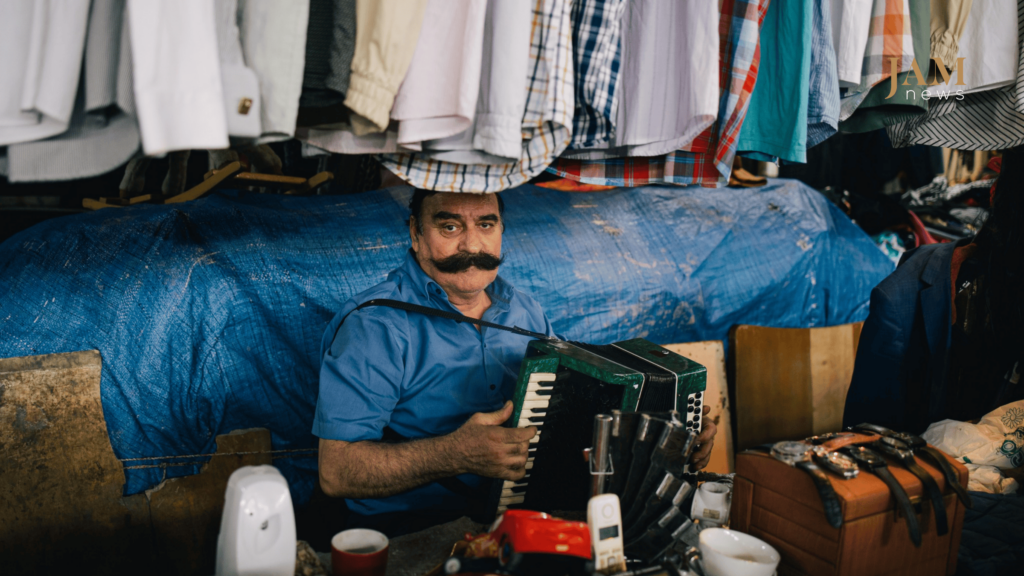
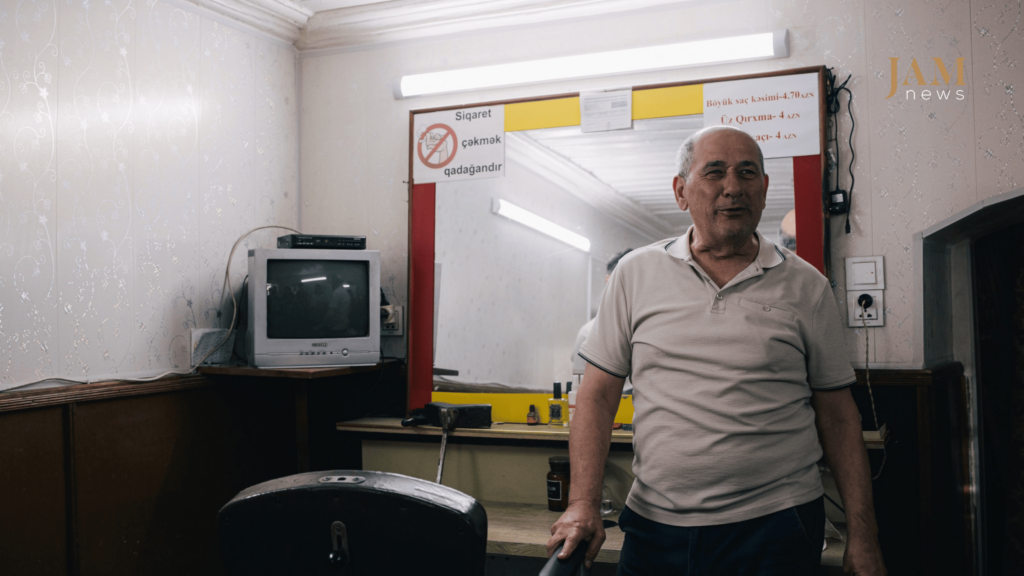
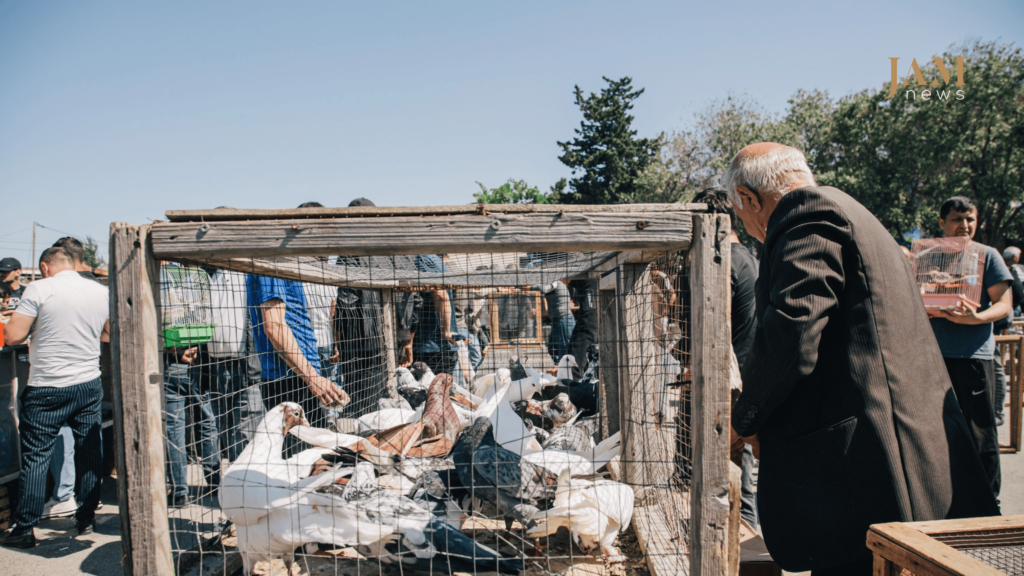
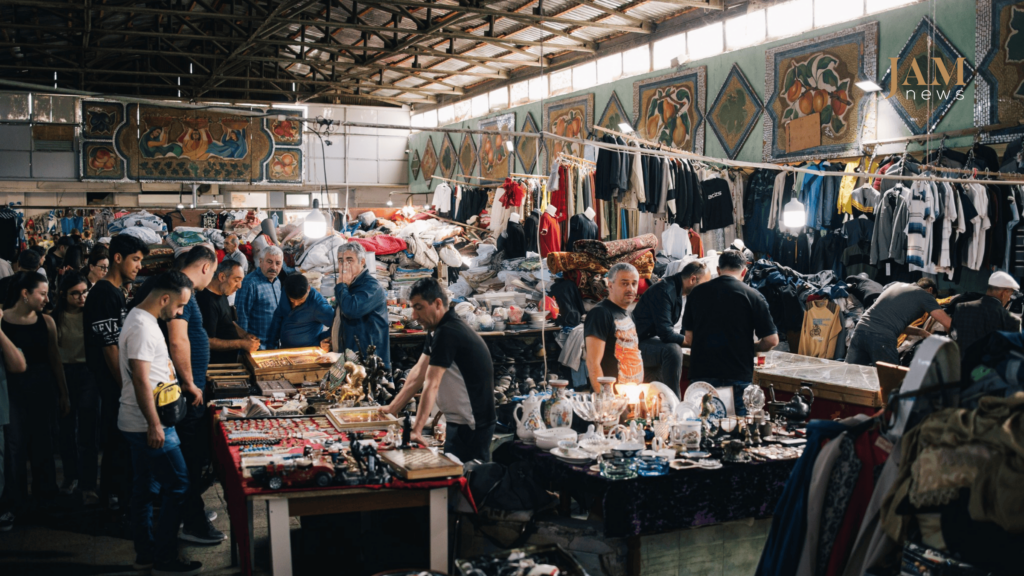
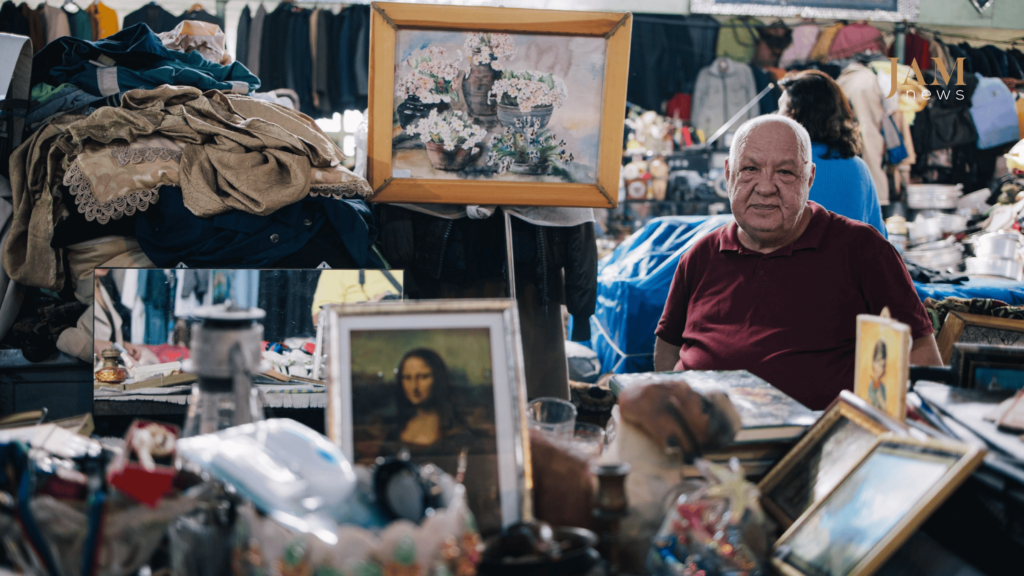


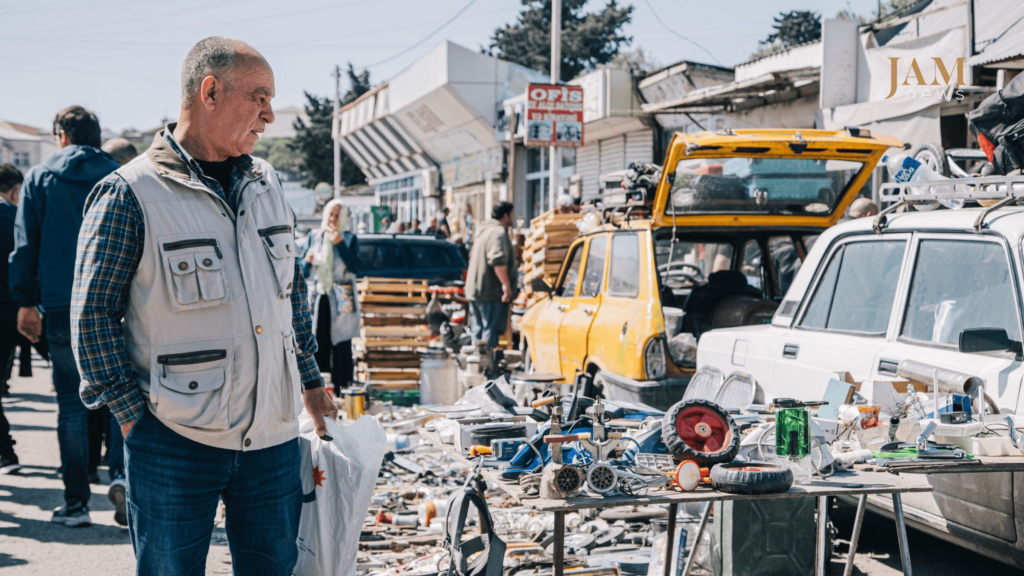
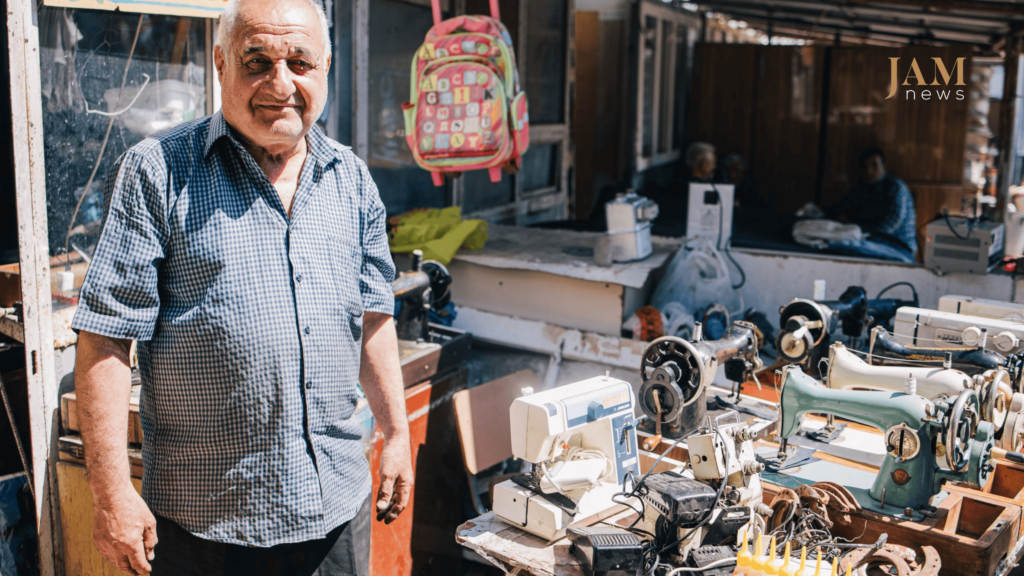

Life in Sabunchu
Beyond the market, Sabunchu is marked by a quieter, more traditional way of life. Neighbors remain closely connected, often spending time playing dominoes and backgammon.
Sabunchu is also home to an area once known as the “Jewish Quarter.” During the oil boom, the local Jewish community—originally from Quba’s Red Settlement—settled here. Today, however, no Jewish residents remain.
